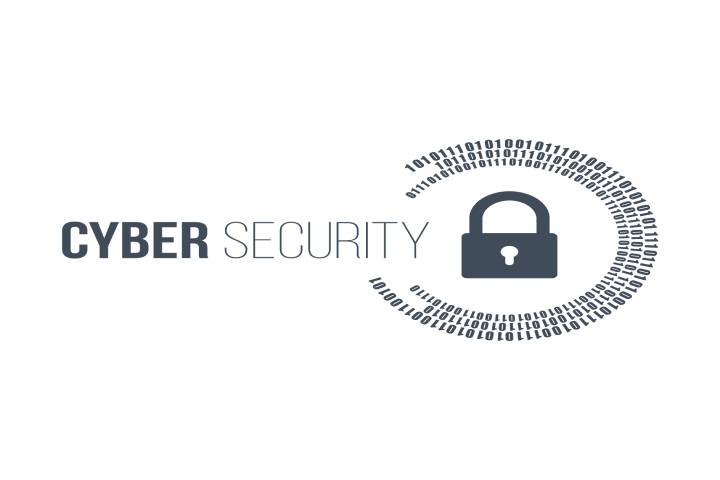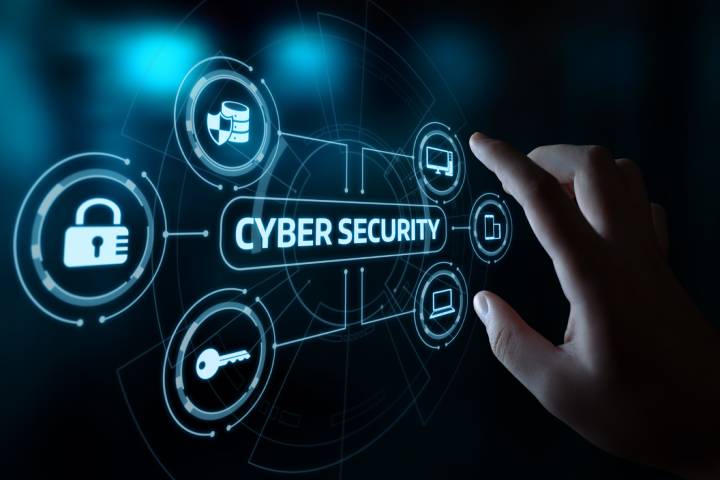In today’s increasingly connected and automated world, it’s becoming increasingly important for companies to stay ahead of emerging cybersecurity threats. As the cybersecurity landscape constantly changes, this is vital, with security providers and hackers trying to outdo each other. Because of this, there are new cybersecurity trends that keep emerging.
This has further been worsened by COVID-19, which has caused significant disruption to different sectors, including business and cybersecurity. The main reason for this is that organizations embraced remote working, exposing them to security vulnerabilities.
Because of this, you must always be one step ahead of the cybercriminals to avoid being a victim of these malicious attacks. To ensure this doesn’t happen, here are some of the emerging cybersecurity trends you need to know for 2021 and beyond.
1. The Rise of Ransomware
There’s been a notable increase in ransomware attacks in 2021, which is expected to persist in the coming years. Ransomware is a type of attack that restricts admins and users from accessing entire networks or specific files.
After the system gets infected by malware, cybercriminals then demand payment through a ransom note to give you back access. In most cases, these attacks target government agencies, schools, companies, and schools.
Due to ransomware attacks, companies suffer data theft and substantial recovery costs. This trend has worsened with many companies embracing remote working, and it’s projected to cost companies across the globe $20 billion in 2021.
This is because the home office isn’t that well secured compared to centralized servers in conventional offices. The IT security team runs access management and confirms the routers and firewalls are secure.
Because of this, you need to put in place proper cybersecurity programs to safeguard yourself from ransomware threats. This saves you from being stuck between making the impossible decision to retrieve the lost systems or pay the ransom slowly.

2. Continued Rise Of AI
The sharp rise in cyberattacks has been especially detrimental to startup businesses with limited funding. However, this issue can be addressed by embracing Artificial Intelligence (AI) to prevent being caught unaware by such attacks.
The AI does this by examining huge risk reports and data sets from different sources, thereby helping IT security teams to respond quickly to cyberattacks. Without AI, companies wouldn’t have made these crucial security decisions sooner and immediately responded to these potential threats.
3. Cloud Security Threats
The COVID-19 pandemic has forced companies in 2021 to adopt remote work, which depends on cloud-based infrastructure and services. This trend is expected to persist even past 2021, with other organizations embracing cloud-hosting processes.
However, this shift to cloud services, despite having numerous benefits—including lower costs, efficiency, and scalability—has been identified by cyber criminals as a weakness. This is because of flaws such as:
- reduced control and visibility,
- misconfigured cloud storage,
- incomplete data deletion and
- vulnerable cloud apps.
If there are any of these faults with your cloud-based system, hackers will undoubtedly exploit this vulnerability to their advantage and access your company’s sensitive data. This will then disrupt the company’s future operations while maintaining real-time threat intelligence and control over crucial information.
4. Extended Detection And Response (XDR)
This couldn’t be reiterated enough, but remote work has been identified as one of the main causes of the rise in data breaches. This has resulted in IT security teams being under constant pressure to continually monitor endpoints, mobile apps, cloud platforms, servers, networks, and customer data across email and enterprise.
It’s what brought about Extended Detection and Response (XDR), a cybersecurity technology tasked with monitoring and preventing cyberattacks. This technology achieves this by feeding and distilling numerous streams of data on real-world usage (telemetry).
Thanks to XDR, any IT security team could enjoy peace of mind knowing that XDR identifies threats quicker and does exhaustive investigations. Therefore, they can act a lot more decisively on every alert at a go. In addition, they get different methods of correlating and prioritizing such alerts.
It does this by automatically tying together the lower-confidence events and higher-confidence activities, thereby bringing out fewer alerts that have already been lined up. Your company should embrace XDR technology, as this allows you to take a proactive approach when detecting and responding to possible threats.
Takeaway
While you might know the importance cybersecurity plays in safeguarding important company information, implementing the proper security measures isn’t that straightforward. And this shouldn’t be a surprise, as the cybersecurity landscape keeps evolving due to the rapid rate of technological innovation.
This guide has taken you through the emerging cybersecurity trends for 2021 and beyond that, you need to know to avoid being caught by surprise. This way, you’ll be able to implement proper measures to prevent malicious hackers from cracking your security system.
Tech Trends
Related posts
Leave a Reply Cancel reply
Hot Topics
Categories
- Ads (5)
- Animes (25)
- Artificial Intelligence (AI) (35)
- Augmented Reality (AR) (10)
- Automotive (9)
- Bitcoin (16)
- Blockchain (24)
- Business (244)
- Business Intelligence (3)
- Cloud Computing (23)
- Computer (128)
- Concrete Technology (1)
- Cryptocurrency (10)
- Cybersecurity (40)
- Data Science (9)
- Database (4)
- DevOps (6)
- Digital Marketing (76)
- Digital Workplace (14)
- Ecommerce (1)
- Education (28)
- Electric Vehicle (EV) (1)
- Electronics & Hardware (16)
- Entertainment (42)
- Fabrication (3)
- FAQ's (1)
- Finance & Marketing (47)
- Gadgets (34)
- Games (8)
- Gear (29)
- HTTPS (1)
- Industry (46)
- Information Technology (89)
- Internet (413)
- Internet of Things (IoT) (40)
- Job (25)
- Machine Learning (6)
- Marketing (92)
- Mobile Apps (21)
- Movies (11)
- Natural Language Processing (6)
- News & Trends (108)
- Programming (4)
- Science & Technology (234)
- Security (79)
- SEO (56)
- Services (36)
- Social Media (73)
- Software (98)
- Sports (1)
- Technology (305)
- Telecom (6)
- TikTok (5)
- Tours & Travels (9)
- Uncategorized (11)
- Virtual Reality (VR) (7)
- VoIP (4)
- Web Technology (42)
- Workforce (17)
- Workspace (6)



Stay connected